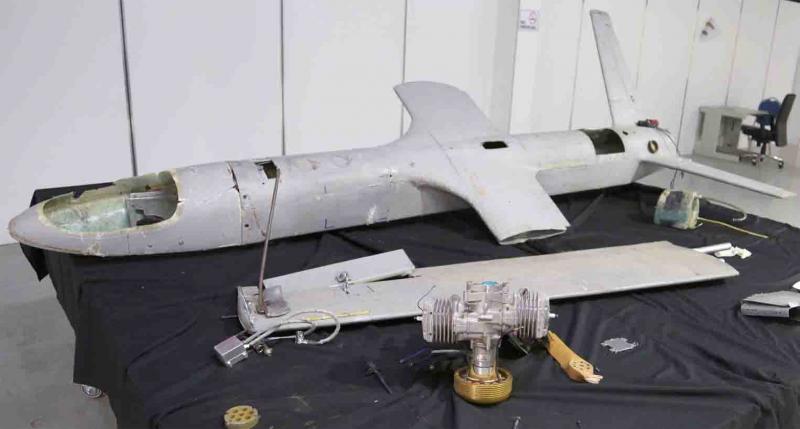
The current wars in the Middle East, especially the ongoing conflict in Yemen, are proof that the use of small drones in insurgencies is now a permanent phenomenon of irregular warfare, according to experts.
Drones have been used in warfare in the Middle East for almost 20 years —including by outside powers like the United States. But National Public Radio’s Geoff Brumfiel reports that the wars in Iraq and Syria, and especially the war between the Yemeni government and Houthi rebels, clearly demonstrate that we have entered “a new era of drone warfare”.
The use of off-the-shelf small drones has been increasing since 2010, with the Syrian Civil War having served as a testing ground for military uses of drones by all sides involved in the conflict. Belligerents quickly realized that the use of drones —whether remotely operated from the ground, or guided by GPS coordinates— could provide useful air power “for a fraction of the cost of fighter jets” employed by national militaries, according to Brumfiel.
He quotes numerous drone warfare expects who agree that the ongoing Yemeni Civil War provides the clearest sign yet of the proliferation of drones for military and paramilitary purposes. The Houthi rebels have employed drones to attack government targets and targets such as air fields, oil installations and military bases in neighboring Saudi Arabia. Most of these drones, and the knowledge of how to modify them for military use, are given to the Houthis by Iran, according to RAND Corporation expert Ariane Tabatabai, who is quoted in Brumfiel’s article.
Iran has been developing military drone technology since the 1980s, but did not begin to employ drones outside of its airspace until 2015. The change was prompted by the emergence of the Islamic State emerged as a major Sunni threat to Shiite populations in the region. Iranian drones are now everywhere, from Iraq and Syria to Yemen.
These drones, including drones used by the Houthis, are major sources of concern for conventional armies, because they are difficult to detect and destroy, according to Center for a New American Security researcher Nicholas Heras. He told Brumfiel that small drones are difficult to locate by radar, and their flight paths are far more flexible than those of airplanes. Additionally, those drones controllers can use GPS systems to “navigate through holes” in air defenses, said Heras.


